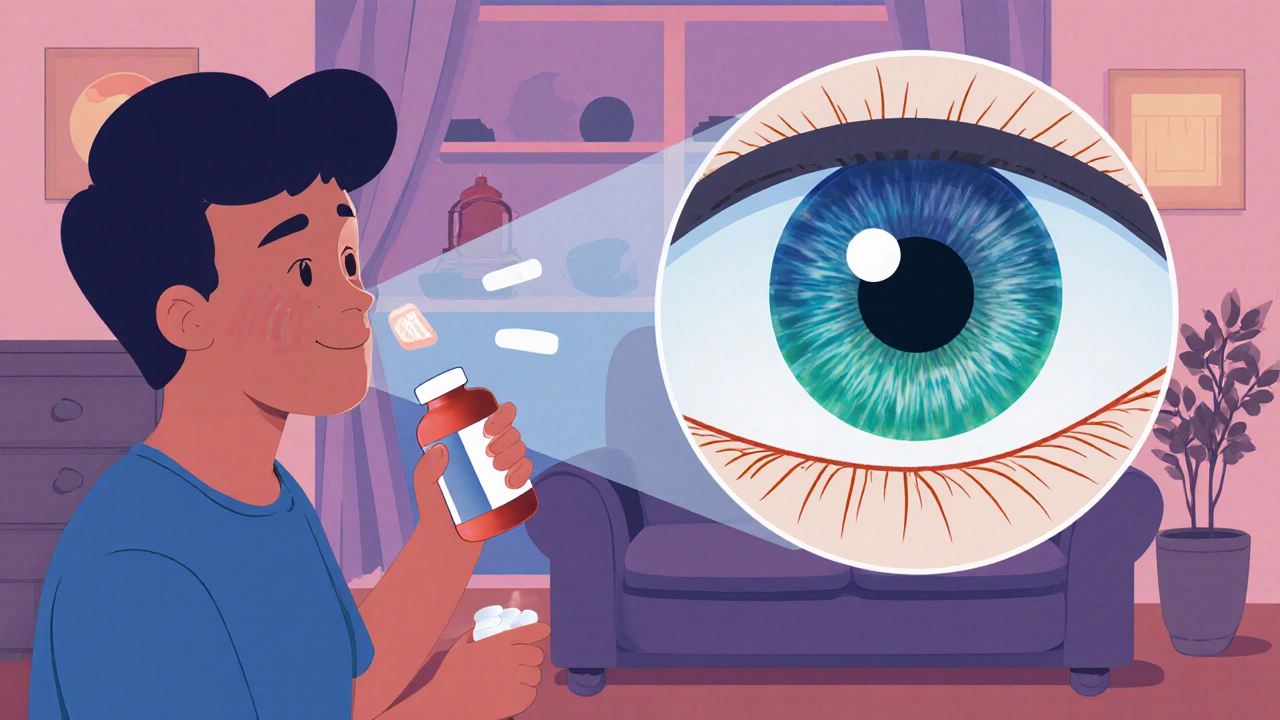Antihistamines: How They Work, Types, and Safety Tips
When working with antihistamines, drugs that block histamine receptors to reduce allergy symptoms. Also known as H1 blockers, they are essential for managing sneezing, itching, and a runny nose. In the context of allergy, an immune reaction that releases histamine, antihistamines intervene by preventing the histamine, a chemical that triggers inflammation and mucus production from binding to its receptors. This simple block‑and‑relief action is the core reason why millions reach for these pills during pollen season.
Types and What Sets Them Apart
Antihistamines fall into two main families. First‑generation agents, such as diphenhydramine, cross the blood‑brain barrier and often cause drowsiness. Second‑generation drugs like cetirizine, loratadine, and fexofenadine stay mostly in the body’s periphery, so they antihistamines that don’t make you sleepy are popular for daytime use. Both groups belong to the larger category of H1 receptor antagonists, medications that block the H1 subtype of histamine receptors. Choosing the right one depends on whether you need rapid relief, a non‑sedating formula, or a medication that lasts 24 hours.
Side effects are another key difference. First‑generation pills can cause dry mouth, blurred vision, and the notorious “feel‑like‑a‑nap” effect, while second‑generation versions usually limit those issues to mild headache or mild stomach upset. Some users also notice that certain antihistamines can make the heart race or trigger anxiety, especially if taken in higher doses than recommended. Understanding these nuances helps you avoid unpleasant surprises and stay comfortable while the allergy season passes.
Drug interactions deserve special attention. Because antihistamines are metabolized by the liver enzyme CYP3A4, taking them together with medications that inhibit this enzyme—like certain antidepressants, antifungals, or even grapefruit juice—can raise antihistamine levels and increase side‑effect risk. Conversely, combining antihistamines with other sedating drugs, such as benzodiazepines or alcohol, can amplify drowsiness and impair coordination. Always check a reliable interaction checker or ask a pharmacist before stacking new meds with your antihistamine routine.
Choosing the right product also means looking at dosage forms. Tablets, liquid gels, rapid‑dissolve strips, and even nasal sprays each have their own speed of onset and convenience factor. For quick relief of sudden itching, a fast‑acting spray may be best, while a nightly tablet can keep symptoms at bay while you sleep. Keep an eye on the active ingredient, the recommended dose, and whether the product is marketed for adults, children, or both.
Armed with this overview, you’ll be able to spot the antihistamine that matches your lifestyle, health needs, and symptom pattern. Below you’ll find a curated list of articles that dive deeper into specific drugs, dosage tips, safety advice, and real‑world comparisons—so you can make an informed choice without the guesswork.
Antihistamines and Glaucoma: Risks of Common Allergy Meds for Eye Health
Learn why common antihistamines can trigger acute angle‑closure glaucoma, which drugs are safe, and how to protect your eyes while treating allergies.

